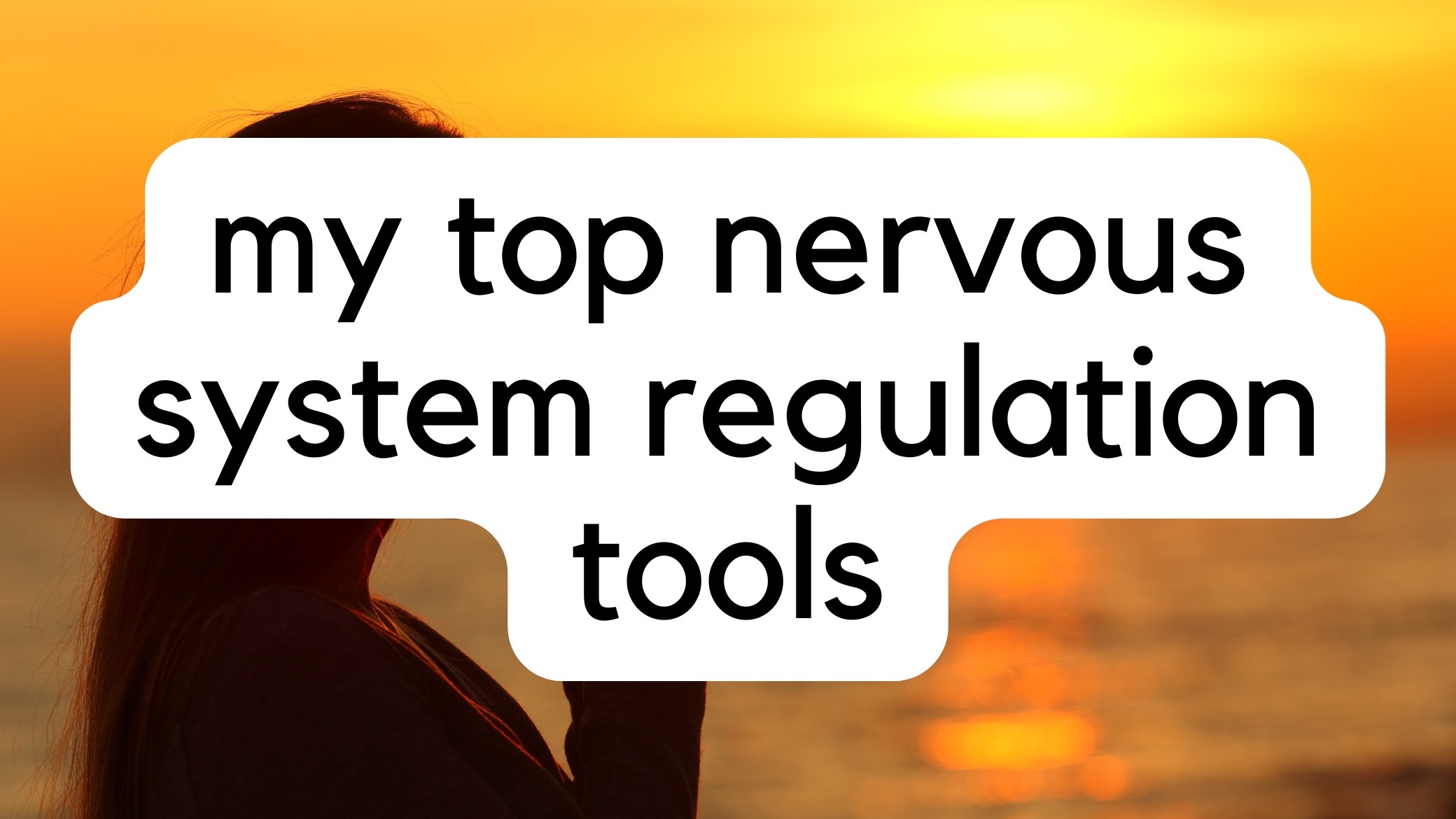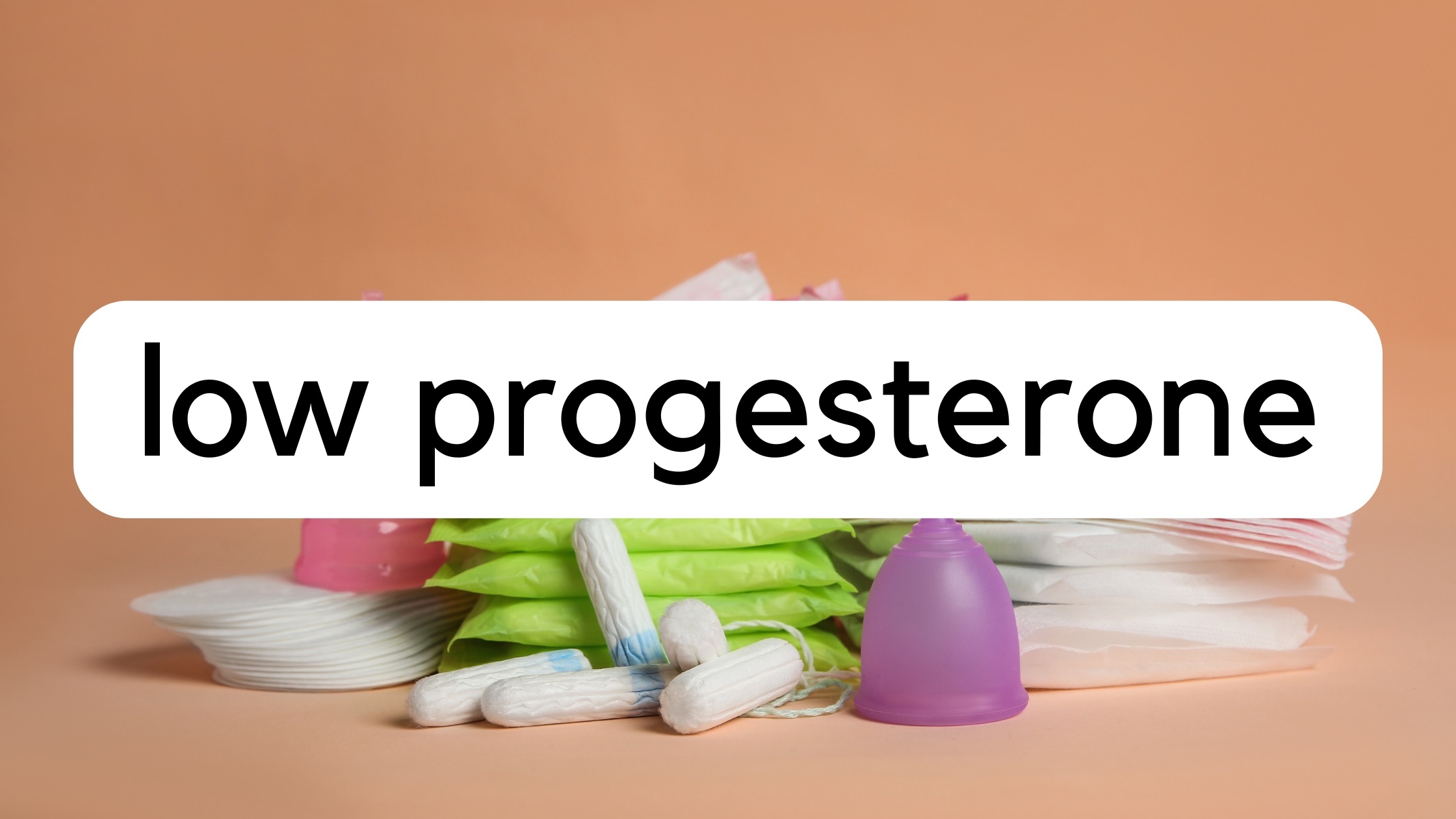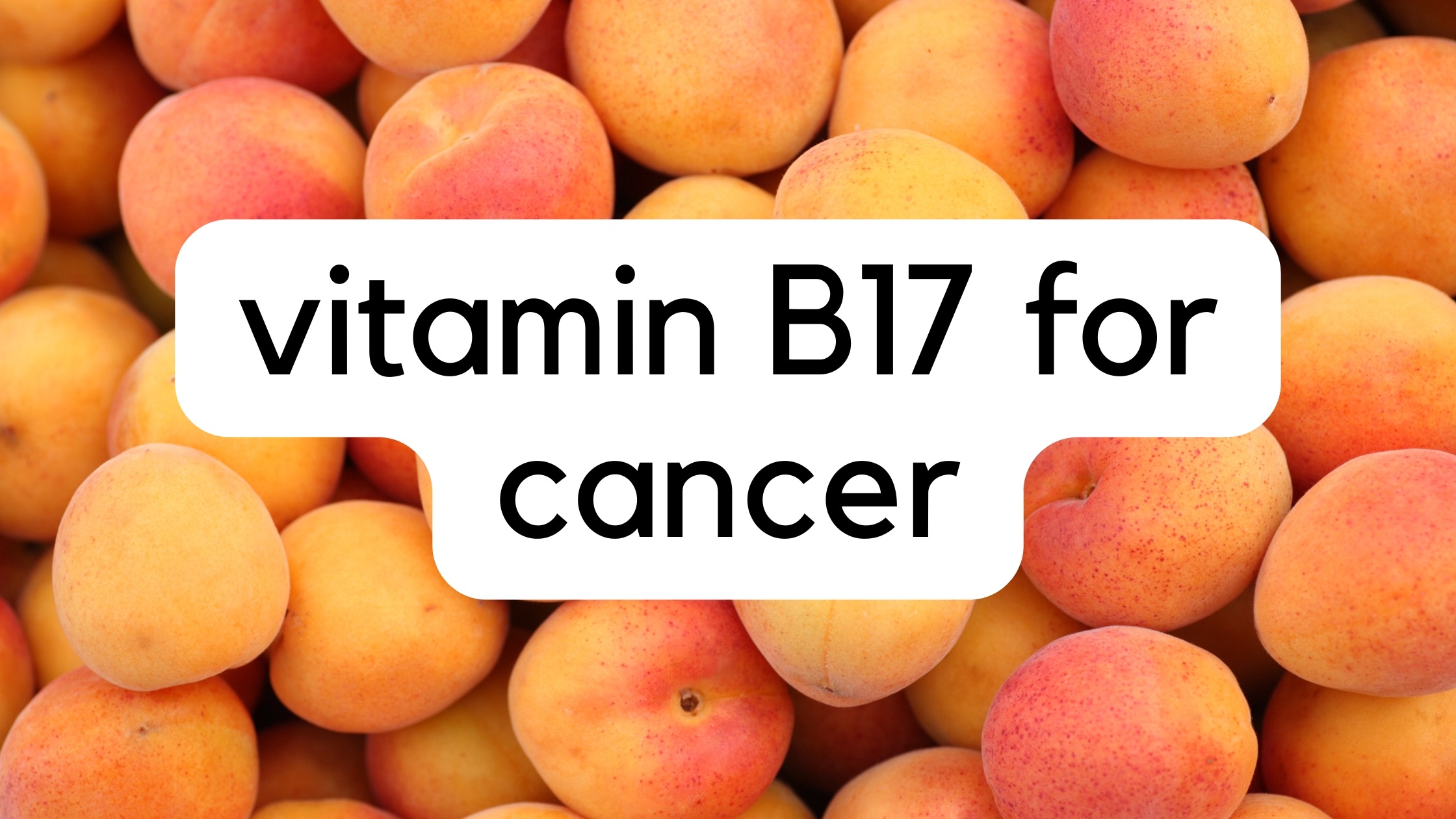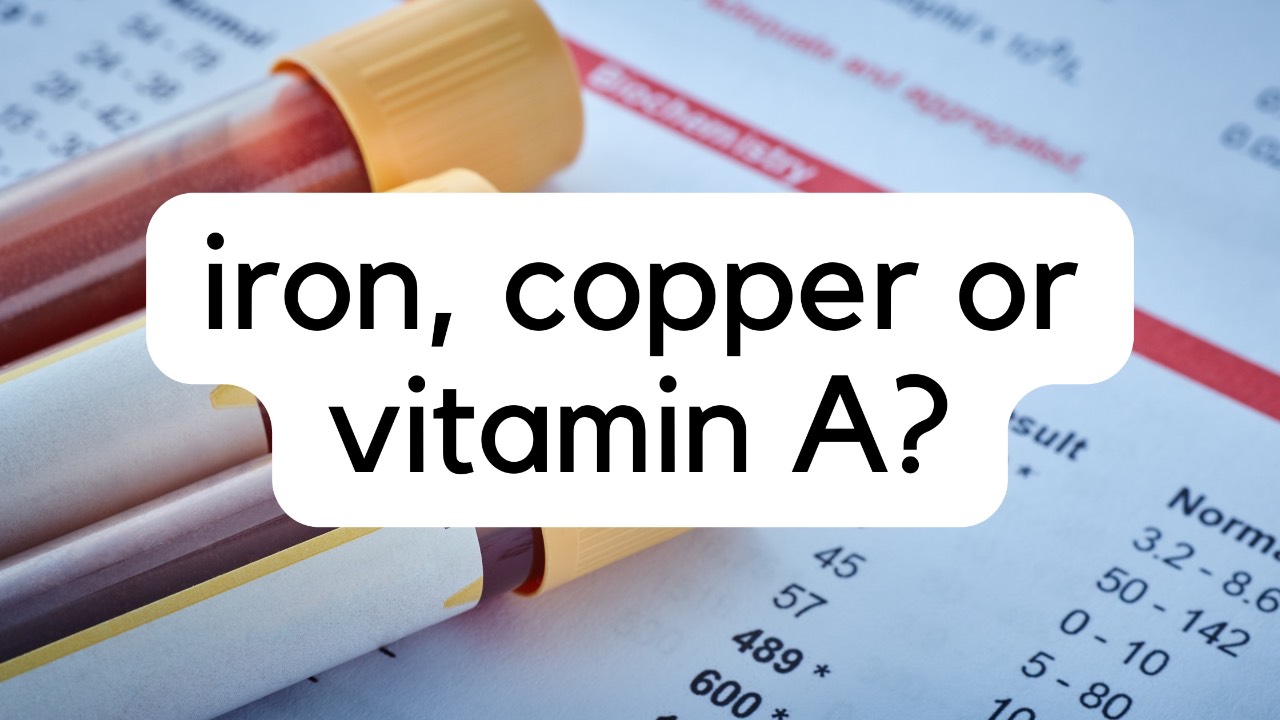
Should You Address Toxins Before Pathogens?
Jul 18, 2024Should you address the toxin (mold, heavy metals, etc.) before addressing parasites or pathogenic bacteria (i.e. SIBO)?
One of the major causes of dysbiosis is a high toxic load in the body. Parasites tend to accumulate toxins, particularly heavy metals, while bacteria work to metabolize these toxins. Consider these organisms as a backup plan when the body struggles to manage toxins. This toxic internal environment triggers morphological changes, causing these organisms to morph into “pathogenic” organisms.
Now, the logical approach is to eliminate the toxin, which should ideally lead to the resolution of dysbiosis. However, in cases of chronic dysbiosis, which is often the case, mere toxin removal isn't sufficient. The goal is to target both of them simultaneously.
Every time we kill pathogens we need to include binders in the protocol. Their role is twofold: they bind to toxins released by pathogens reducing your risk of detox reactions AND they bind to toxins reducing your overall toxic load.
A kill protocol that does not include binders will likely fall short in achieving lasting effects, hence why most people with chronic dysbiosis relapse.
With this being said, kill protocols may not be needed if all the foundations have been fully addressed including:
- Circadian Health
- Cellular Health (EZ water, mitochondrial health, nutrients, pH, etc.)
- Drainage Support
- Personalized Nutrition
- Nervous System Regulation
Not sure where to start or what your body really needs? Start with drainage support!
💌 Like what you're reading?
Join my Inner Circle to get weekly insights that go even deeper — plus early access to new articles, webinar invites, and exclusive tools to support your healing journey.






